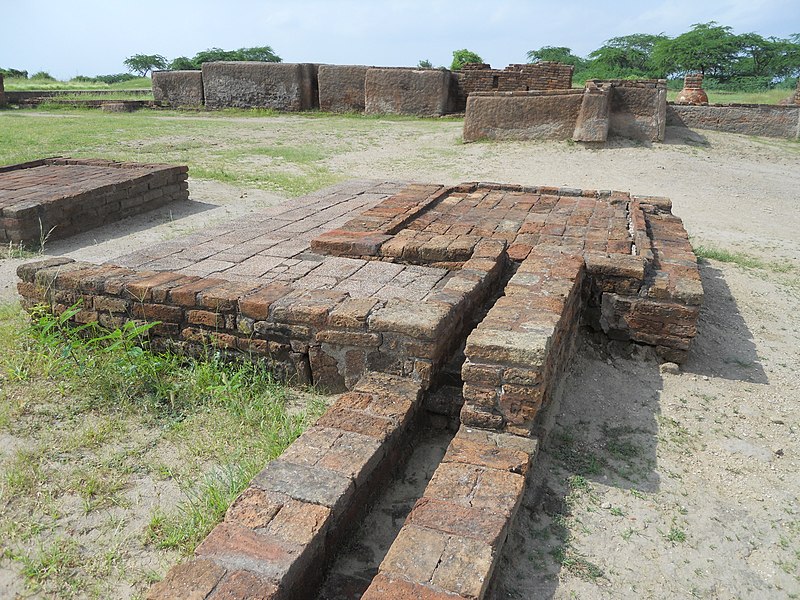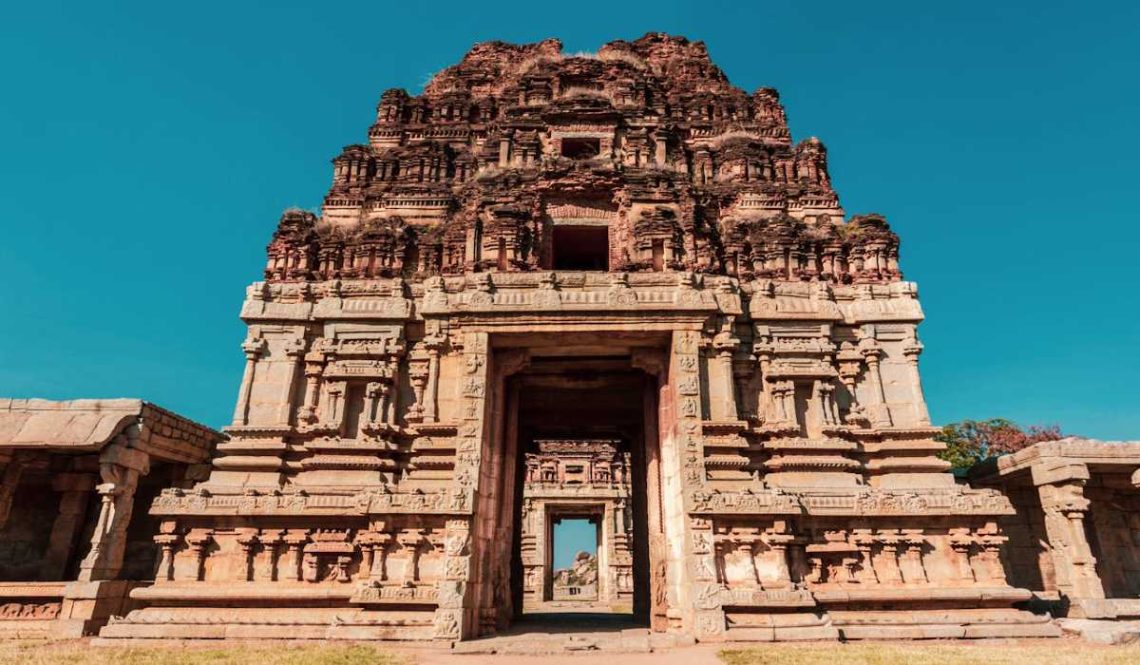
Top 12 Archaeological Sites to Visit in India
Ever wondered what it was like to walk through ancient cities or stand in front of grand temples from centuries ago? India is home to some of the most amazing archaeological sites that let you do just that. These places aren’t just old stones and ruins; they are windows into the lives, art, and cultures of the past. In this blog, we will discuss the top 12 must-visit archaeological sites in India, each offering a unique journey through the country’s rich and fascinating heritage.
Must-Visit Archaeological Sites in India
1. Hampi, Karnataka
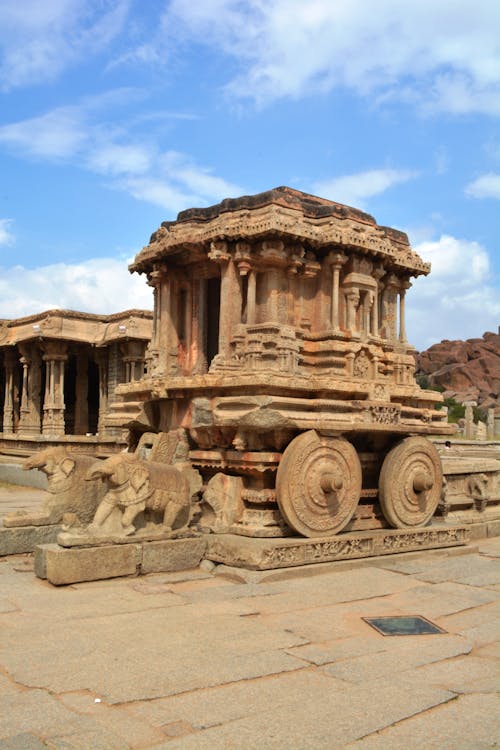
Hampi, a UNESCO World Heritage site, was once the thriving capital of the Vijayanagara Empire, which ruled South India during the 14th to 17th centuries. The empire was known for its wealth, military prowess, and patronage of art and architecture. The city of Hampi was a major trading center, attracting merchants from Persia, Portugal, and beyond. Today, the ruins of Hampi stretch over 4,100 hectares and are a testament to the empire’s grandeur. The Virupaksha Temple, dedicated to Lord Shiva, is one of the oldest and most prominent structures, still active as a place of worship. The Vittala Temple is famous for its stone chariot and musical pillars, which produce musical notes when struck.
Travel Tips:
- The best time to visit Hampi is from October to March when the weather is pleasant.
- Hampi is well-connected by road and can be accessed from Bangalore, which is about 350 km away.
- Allocate at least 2-3 days to explore the vast ruins at a leisurely pace.
- Don’t miss the sunrise or sunset from Hemakuta Hill or Matanga Hill for a panoramic view of the ancient city.
2. Khajuraho, Madhya Pradesh
The Khajuraho Group of Monuments, a UNESCO World Heritage site, is renowned for its intricate and often erotic sculptures. Built between 950 and 1050 AD by the Chandela dynasty, these temples reflect the peak of Indian medieval architecture. The temples were constructed in two distinct styles: Nagara and Dravidian, though Nagara dominates the architecture. The sculptures are not just limited to eroticism but also depict various aspects of daily life, gods and goddesses, animals, and mythical creatures. The symbolize the integration of spirituality and sensuality in human existence.
Travel Tips:
- The ideal time to visit Khajuraho is between October and February, avoiding the hot summer months.
- Khajuraho has its own airport, making it easily accessible from major Indian cities like Delhi and Mumbai.
- Allocate 1-2 days to explore the temples. The Western Group of Temples, including the Kandariya Mahadev Temple, is the most famous.
- Consider attending the Khajuraho Dance Festival held in February, where classical dance performances are set against the backdrop of the temples.
3. Ellora Caves, Maharashtra
The Ellora Caves are a UNESCO World Heritage site and a marvel of rock-cut architecture, representing the religious harmony of ancient India. These 34 caves were excavated between the 6th and 10th centuries and showcase the coexistence of three major religions: Hinduism, Buddhism, and Jainism. The Kailasa temple, dedicated to Lord Shiva, is the centerpiece of Ellora. It is the largest monolithic structure in the world, carved from a single rock, and is considered a feat of engineering and artistry. The Buddhist caves are the oldest, with detailed sculptures of Buddha and Bodhisattvas, while the Jain caves reflect the simplicity and austerity of Jain philosophy.
Travel Tips:
- The best time to visit Ellora Caves is between November and March.
- Ellora is about 30 km from Aurangabad, which has an airport and good road connectivity.
- Spend at least a full day exploring the caves; Cave 16 (Kailasa Temple) is a must-see.
- Combine your visit with a trip to the nearby Ajanta Caves and the historic Daulatabad Fort.
4. Ajanta Caves, Maharashtra
The Ajanta Caves, another UNESCO World Heritage site, are one of the earliest examples of Indian art, dating back to the 2nd century BCE. These 30 rock-cut caves are nestled in a horseshoe-shaped ravine along the Waghora River. They were rediscovered in 1819 by a British officer during a tiger hunt. The caves served as a retreat for Buddhist monks, who decorated them with exquisite murals and sculptures that depict the life of Buddha and the Jataka tales. The murals are remarkable for their use of color and ability to convey emotion, offering valuable insights into the art and religion of ancient India.
Travel Tips:
- Visit Ajanta between October and March for the best weather conditions.
- Ajanta is around 100 km from Aurangabad, making it accessible by road.
- Allocate at least a full day to explore the caves thoroughly; the murals in Caves 1, 2, and 17 are particularly noteworthy.
- Photography is restricted inside the caves to preserve the delicate frescoes, so bring a good memory for the intricate details.
5. Sanchi, Madhya Pradesh
Sanchi is home to the Great Stupa, one of the most important Buddhist monuments in India, and a UNESCO World Heritage site. The stupa was originally commissioned by Emperor Ashoka in the 3rd century BCE to house the relics of Buddha. Sanchi became a major Buddhist center, with additional stupas, monasteries, temples, and pillars added over the centuries. The gateways, or toranas, are richly carved with scenes from the life of Buddha, Jataka tales, and various historical events. Sanchi’s significance lies not only in its architecture but also in its role in spreading Buddhism across Asia.
Travel Tips:
- The best time to visit Sanchi is from November to March.
- Sanchi is located about 50 km from Bhopal, which is well-connected by air, rail, and road.
- Spend half a day to a full day exploring the site; the Great Stupa and Ashoka Pillar are must-sees.
- Consider visiting the nearby Udayagiri Caves and the Bhimbetka Rock Shelters, both significant historical sites.
6. Mahabalipuram, Tamil Nadu
Mahabalipuram, also called Mamallapuram, is a coastal town on the Bay of Bengal. It’s famous for its rock-cut temples and sculptures. The Pallava dynasty built these amazing structures between the 7th and 9th centuries. The Shore Temple, made from granite blocks, is a standout monument and has stood near the sea for centuries. The Pancha Rathas, or Five Rathas, are rock-cut structures shaped like chariots, each honoring a different deity. Arjuna’s Penance is a large open-air relief that tells the story of the descent of the Ganges. These monuments show the artistic skills of the Pallavas and offer a great experience for history and art lovers.
Travel Tips:
- Visit between November and February when the weather is pleasant.
- Mahabalipuram is about 60 km from Chennai, making it easy to reach by road.
- Spend a day or two exploring the monuments, and enjoy a walk along the beach near the Shore Temple.
- If you visit in December or January, don’t miss the Mamallapuram Dance Festival.
7. Taj Mahal, Agra
The Taj Mahal is one of the most famous monuments in the world, symbolizing love. Emperor Shah Jahan built it between 1632 and 1653 in memory of his wife Mumtaz Mahal. This white marble mausoleum in Agra, Uttar Pradesh, is a UNESCO World Heritage site. The Taj Mahal is a mix of Islamic, Persian, Ottoman Turkish, and Indian styles. The complex includes a mosque, a guest house, and beautiful gardens. The marble changes color with the light, adding to its beauty. The Taj Mahal represents both eternal love and the grandeur of the Mughal Empire.
Travel Tips:
- Visit between October and March when the weather is cool.
- Agra is easy to reach by road, rail, or air and is part of the Golden Triangle with Delhi and Jaipur.
- Go early in the morning or late afternoon to avoid crowds and see the marble’s color changes.
- Also, visit nearby Agra Fort and the “Baby Taj” for a fuller experience.
8. Rani ki Vav, Gujarat
Rani ki Vav, or the Queen’s Stepwell, is an incredible example of ancient Indian architecture. It’s located in Patan, Gujarat, and was built in the 11th century by Queen Udayamati in memory of her husband, King Bhimdev I. This stepwell is designed like an inverted temple, with seven levels of stairs and detailed carvings. The carvings mostly show Hindu gods like Vishnu and other figures . Rani ki Vav wasn’t just for storing water; it was also a place for people to gather and pray.
Travel Tips:
- Visit between October and March to avoid the heat.
- Patan is about 125 km from Ahmedabad, which is well-connected by road.
- Spend a few hours exploring the stepwell and appreciating the carvings.
- You can also visit the nearby Patola Heritage Museum and Modhera Sun Temple.
9. Konark Sun Temple, Odisha
The Konark Sun Temple, built in the 13th century, is a stunning piece of Kalinga architecture. This temple is shaped like a giant chariot with carved wheels, pillars, and walls. It’s dedicated to the Sun God, Surya. The temple is a UNESCO World Heritage site and one of Odisha’s most important attractions. The carvings on the temple walls depict various aspects of life and the power of the Sun God.
Travel Tips:
- Visit between October and February when the weather is cool.
- Konark is about 65 km from Bhubaneswar, which is well-connected by road.
- Allocate a few hours to explore the temple and its surroundings.
- Don’t miss the Konark Dance Festival held in December, where traditional dance performances take place in front of the temple.
10. Nalanda, Bihar
Nalanda was one of the world’s first residential universities and a major center of learning in ancient India. It was established in the 5th century CE and attracted students and scholars from across Asia, including Tibet, China, and Persia. The ruins include stupas, monasteries, temples, and classrooms, offering a glimpse into the academic life of ancient India. Nalanda is a UNESCO World Heritage site and an important pilgrimage site for Buddhists. It is one of the top archeological sites to visit in India.
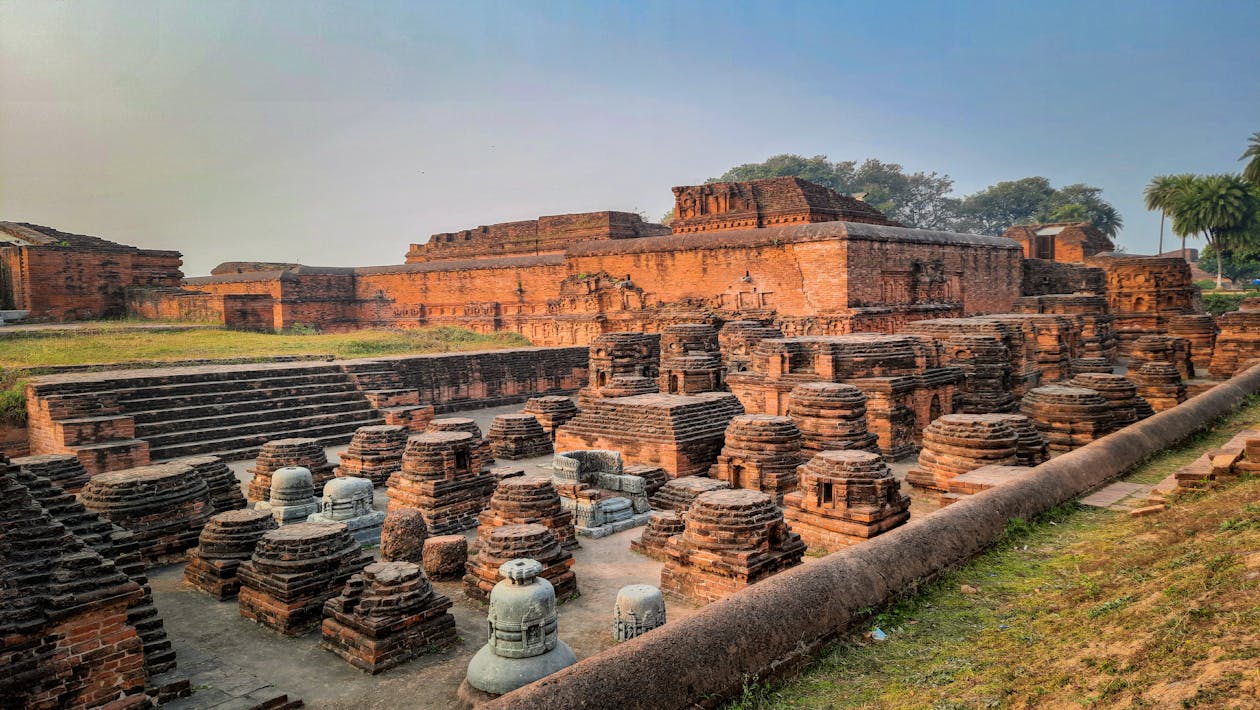
Travel Tips:
- Visit between November and March to enjoy the cooler weather.
- Nalanda is about 95 km from Patna, which is well-connected by road and rail.
- Spend a day exploring the ruins and learning about ancient education systems.
- You can also visit the nearby Rajgir hot springs and Vishwa Shanti Stupa.
11. Fatehpur Sikri, Uttar Pradesh
Fatehpur Sikri was the capital of the Mughal Empire for a brief period in the 16th century, under Emperor Akbar. This fortified city blends Persian, Indian, and Islamic architectural styles. The city includes important buildings like the Buland Darwaza, Jama Masjid, and Panch Mahal. Though the city was abandoned due to water shortages, it remains a UNESCO World Heritage site and offers a fascinating glimpse into Mughal architecture.
Travel Tips:
- Visit between October and March to enjoy pleasant weather.
- Fatehpur Sikri is about 40 km from Agra and can be easily reached by road.
- Spend a day exploring the city’s monuments and learning about its history.
- Combine your visit with a trip to the Taj Mahal and Agra Fort for a full Mughal experience.
12. Lothal, Gujarat
Lothal was one of the most important cities of the ancient Indus Valley Civilization. It dates back around 4,500 years and provides insights into early urban planning and engineering. The site includes a well-planned city layout, a dockyard, and an advanced drainage system. Lothal is a key archaeological site that helps us understand the life of people during the Indus Valley period.
Image source: Wikipedia
Travel Tips:
- Visit between November and March when the weather is mild.
- Lothal is about 85 km from Ahmedabad, which is well-connected by road.
- Spend a few hours exploring the site and the nearby museum, which displays artifacts found during excavations.
- You can also visit other nearby historical sites like the Modhera Sun Temple and the Rani ki Vav stepwell.
FAQs
What are the top archaeological sites to visit in India?
India is rich in archaeological sites, and the top ones to visit include Hampi in Karnataka, the Taj Mahal in Agra, Mahabalipuram in Tamil Nadu, Rani ki Vav in Gujarat, and the Konark Sun Temple in Odisha. Each site offers a unique glimpse into India’s ancient history, art, and architecture.
Why is Hampi considered one of the top archaeological sites in India?
Hampi, a UNESCO World Heritage site, was once the capital of the Vijayanagara Empire. It is renowned for its stunning temples, palaces, and market streets, which reflect the grandeur of this ancient city. Key attractions include the Virupaksha Temple and Vittala Temple, making Hampi a must-visit for history and architecture enthusiasts.
What makes the Taj Mahal an important archaeological site?
The Taj Mahal is one of the most famous monuments in the world and a UNESCO World Heritage site. Built by Emperor Shah Jahan in memory of his wife Mumtaz Mahal, this white marble mausoleum is a masterpiece of Mughal architecture, blending Persian, Indian, and Islamic styles. Its beauty and historical significance make it a top archaeological site in India.
What is unique about Mahabalipuram?
Mahabalipuram, also known as Mamallapuram, is famous for its rock-cut temples and sculptures. The Shore Temple, Pancha Rathas, and Arjuna’s Penance are some of the most significant monuments here, showcasing the artistic brilliance of the Pallava dynasty. This coastal town offers a unique blend of history and natural beauty.
What is the significance of the Konark Sun Temple in Odisha?
The Konark Sun Temple, built in the 13th century, is a masterpiece of Kalinga architecture. Shaped like a giant chariot with carved wheels and pillars, the temple is dedicated to the Sun God, Surya. It’s a UNESCO World Heritage site and one of Odisha’s most important historical landmarks.
What can visitors expect at the Ajanta and Ellora Caves in Maharashtra?
The Ajanta and Ellora Caves are among India’s most important archaeological sites. Ajanta is known for its ancient Buddhist murals and sculptures, while Ellora features rock-cut temples from Hinduism, Buddhism, and Jainism. Both are UNESCO World Heritage sites and offer a deep dive into India’s religious and artistic history.
Why is Nalanda in Bihar a top archaeological site in India?
Nalanda was one of the world’s first residential universities and a major center of learning in ancient India. The ruins include stupas, monasteries, and classrooms that offer insights into the academic life of the past. Nalanda is also a UNESCO World Heritage site and an important pilgrimage site for Buddhists.
What makes Fatehpur Sikri a significant historical site?
Fatehpur Sikri, a UNESCO World Heritage site, was the capital of the Mughal Empire under Emperor Akbar for a brief period. The city is known for its impressive blend of Persian, Indian, and Islamic architectural styles. Key structures include the Buland Darwaza, Jama Masjid, and Panch Mahal, making it a must-visit for history enthusiasts.
What are the best times to visit these archaeological sites in India?
The best time to visit most archaeological sites in India is between October and March when the weather is cooler and more comfortable for exploring outdoor attractions. Each site may have specific festivals or events, like the Mamallapuram Dance Festival or the Konark Dance Festival, which can enhance your visit.
Khushi Jha
I am Khushi Jha, a proud alumna of Delhi University with a degree in History and Political Science. My fascination with the events that have shaped our world drives me every day. Currently, I am pursuing my Master’s in History, diving even deeper into global dynamics and the incredible heritage of India. I firmly believe that India's rich heritage deserves wider recognition. I strive to bring its stories to the forefront, ensuring they are celebrated and acknowledged on a global stage. I have written extensively across various niches, including fashion, health, lifestyle, real estate, hospitality, amongst others. In my free time, you’ll find me immersed in books, both fiction and non-fiction, or simply enjoying some much-needed rest.
You May Also Like
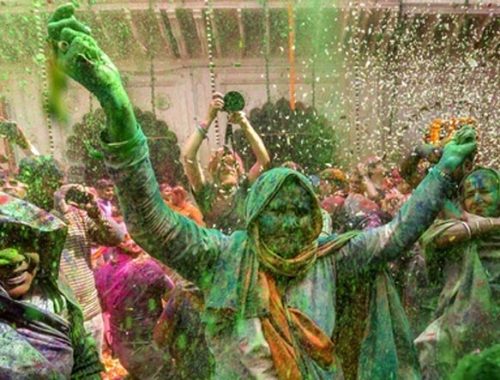
Braj Holi 2025: A Complete Guide to Holi in Vrindavan and Mathura
March 11, 2025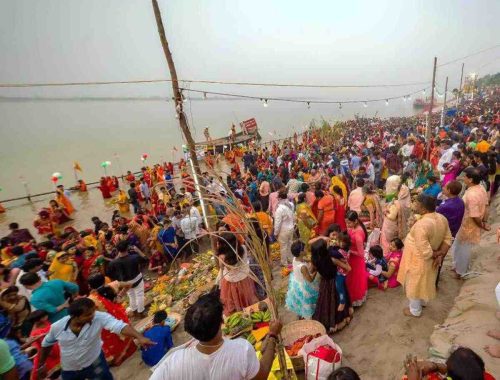
Chhath Puja 2025: Rivers, Rituals & the Sunrise That Connects Generations
October 22, 2025










